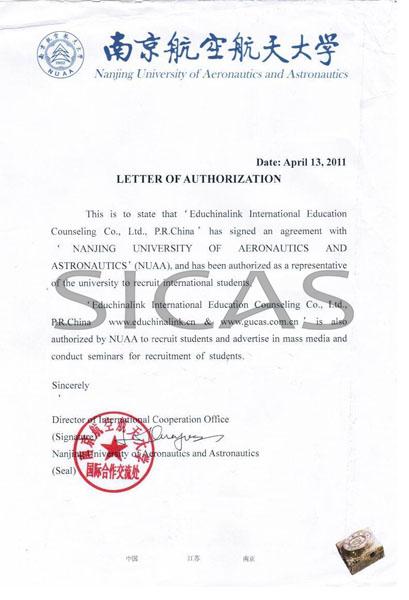Why Nanjing City
City of Nanjing
Nanjing, known as Jinling in ancient China, is the capital of Jiangsu Province which lies on the lower reaches of the Yangtze River. The ancient city surrounded by mountains and the river was the capital of ten dynasties. A metropolis both ancient and modern, Nanjing has many places of interest, such as Sun Yatsen Mausoleum, Ming Xiaoling Mausoleum, Mochou Lake, Qinhuai River, the Ming city wall, Zhonghua city tower, Zhanyuan Garden, Zijinshan Observatory, Tombs of the Southern Dynasties and the Yangtze River Bridge. Nanjing is 300 km away from Shanghai, about 2 hours by bus or by train.
Nanjing has been well known as a cultural cultural and educational center in China for more than than a thousand years. It is one of the four ancient capitals of China and was the capital for for ten dynasties. Nanjing had been the economic center center for the Yangtze River delta region for hundreds hundreds of years. It is currently a metropolis with with a population of six million making it the the second most populous city (after Shanghai) in the region. It is also the the transportation hub in eastern China and the downstream downstream Yangtze River area with Asia's largest riverport a a large international airport and several main railways and and highways linking northern southern and western China. Nanjing is a popular tourist city with probably the the largest number of heritage tourist sites in China China including the world's longest ancient circumvallation the largest largest ancient imperial lake garden (Xuanwuhu Lake Park) and and the greatest traditional Chinese commercial center (the Fuzimiao Fuzimiao Temple Area). Its GDP per capita was ¥27128 in 2003 ranked No.31 among 659 Chinese cities.
History
In 495 B.C. the State of Wu established established Yecheng in today's Nanjing city area.
The State of Yue conquered Wu and established established Yuecheng in 473 B.C..
The State of Chu established Jīnlíng in in this area in 333 B.C..
At least three subsequent cities were constructed: Jiànkāng of AD 229 (it met total annihilation in AD 589 and became farmland thereafter) a later Jinling Jinling built in 914 and the early Ming capital Nánjīng constructed constructed in 1366.
Nanjing was also the capital of the Taiping Rebellion in the mid- 19th century.
After the Northern Expedition in 1928 the Kuomintang under Chiang Kai-Shek established Nanjing as the capital of China China in opposition to a government in Beijing led by northern warlords and an alternate alternate government in Wuhan led by Wang Jingwei . After the completion of the Northern Expedition Expedition in 1931 Chiang's government became the only recognized Chinese Chinese government.
In 1937 the city fell to the Japanese who massacred prisoners-of-war refugees and its residents residents during the Battle of Nanjing (see Nanjing Massacre ). Chiang moved his government to Chongqing City and the Japanese established a puppet government in Nanjing under Wang Jingwei. After the the end of World War II Nanjing was reestablished as the capital of of the Republic of China . In 1949 after the defeat of Chiang's forces on the Mainland the capital of the People's Republic of China was established in Beijing.










